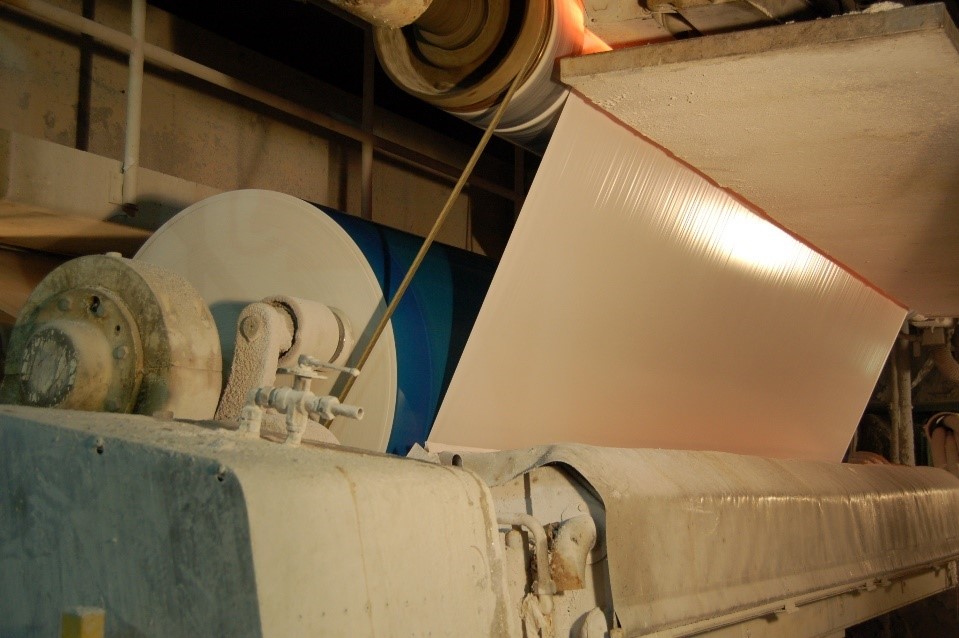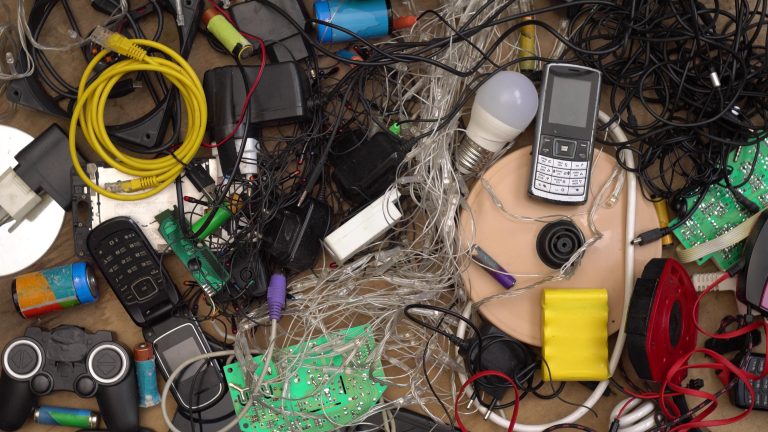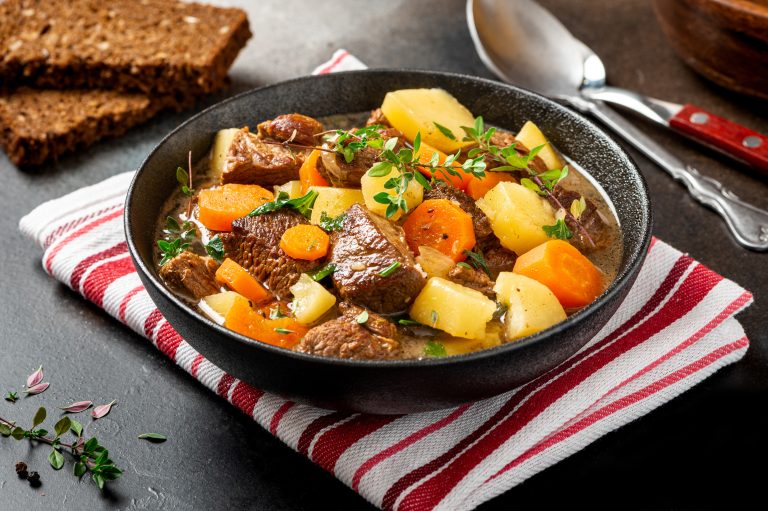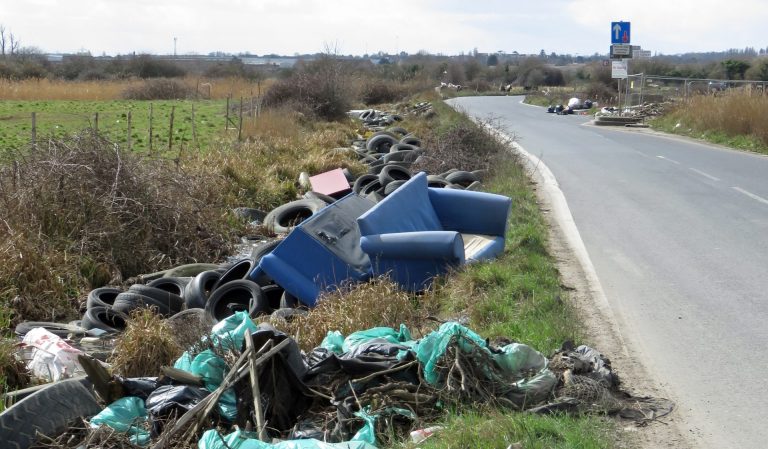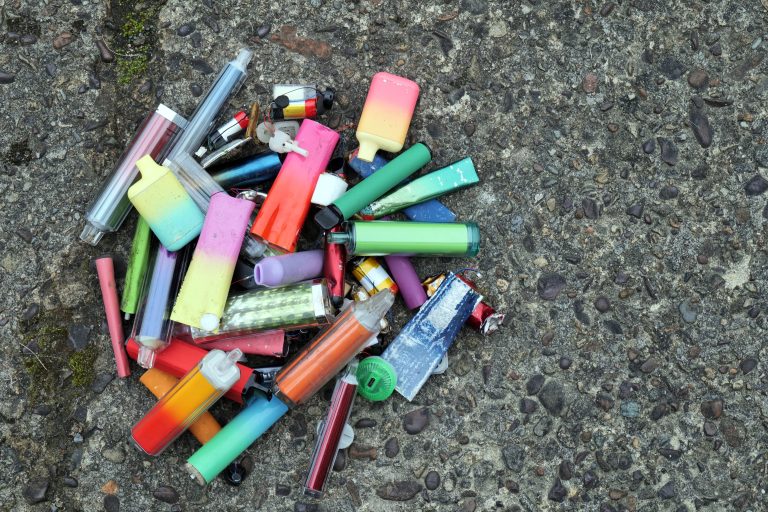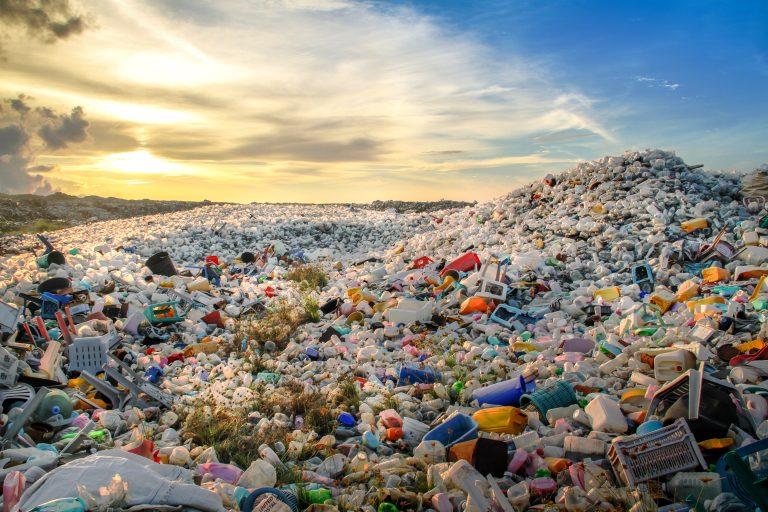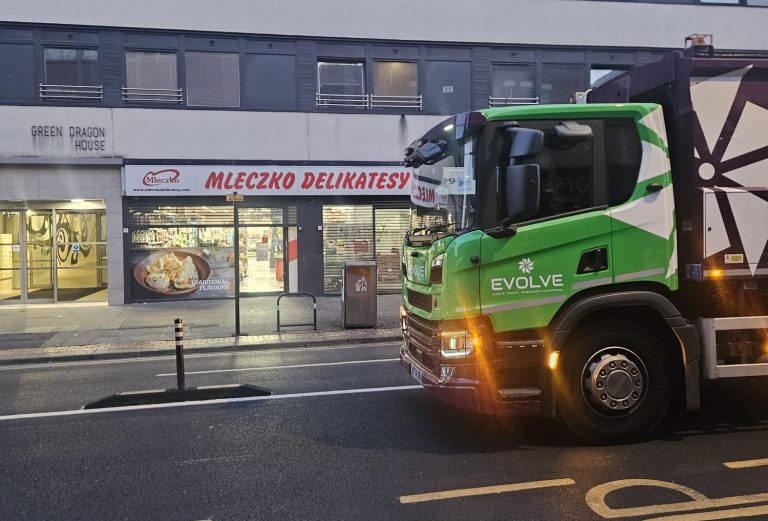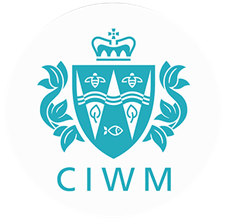Every time you toss a newspaper, cardboard box, or office paper into your recycling bin, you’re starting that material on an incredible transformation journey. At Evolve Waste Solutions, we witness this remarkable process daily, watching yesterday’s waste become tomorrow’s resources. Let’s follow a piece of paper through its complete recycling journey and discover the science, technology and dedication that gives it new life.
- Collection and Sorting: The First Step
The recycling journey begins when you place paper in your recycling bin. Once collected by your waste provider, it’s taken to a recycling facility. In some areas, paper is separated from other recyclables, while in others, it is sorted later. At the facility, paper is sorted to remove contaminants like plastic and food waste. Machines separate materials by weight and density, sorting the paper by type (e.g. office paper, newspapers, cardboard).
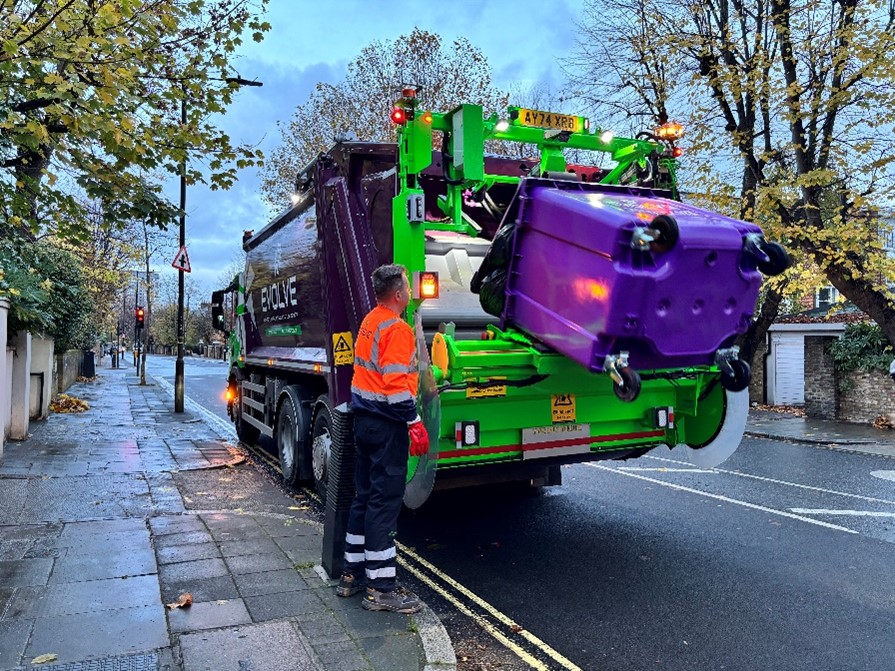
- Shredding and Pulping: Breaking Down the Paper
Once sorted, the paper is shredded into small pieces. This helps break it into fibres, making it easier to process. The shredded paper is then mixed with water and chemicals to create a slurry known as pulp. There are two main pulping methods:
- Mechanical Pulping: Paper is ground into pulp without chemicals, but the result is usually lower quality.
- Chemical Pulping: Chemicals like sodium hydroxide dissolve the lignin (the substance holding the fibres together), resulting in a cleaner, higher-quality pulp suitable for new paper.
- Removing Contaminants: Cleaning the Pulp
Before the pulp can be used for new paper, any remaining contaminants must be removed:
- Deinking: In this step, inks are removed from the paper using water and chemicals. The inks are floated off the pulp, leaving the fibres clean.
- Screening and Cleaning: The pulp is passed through screens to remove remaining contaminants, ensuring a clean pulp ready for papermaking.
- Forming and Pressing: Shaping the Paper
After cleaning, the pulp is formed into sheets:
- Forming: The pulp is poured onto a conveyor belt where it forms a thin sheet. As the water drains away, the fibres begin to bond together.
- Pressing: The pulp passes through rollers to remove excess water and create a smooth, consistent sheet.

- Drying: Solidifying the Paper
The paper now needs to be dried to remove the remaining moisture. It passes through heated rollers, solidifying and making the paper ready for use.
- Finishing: Cutting and Packaging
Once dried, the paper is cut into various sizes or rolled, depending on its intended use. Recycled paper is used to create:
- Printer Paper: Commonly used in offices and schools.
- Cardboard: For packaging and shipping.
- Tissue Paper: For products like toilet paper and paper towels.
- Newspapers: Recycled paper is used to produce new newspapers.
- Packaging Materials: Recycled paper is also used for boxes, cartons and other packaging.
After cutting and rolling, the recycled paper products are packaged and shipped for use.
- The Paper’s New Life: Reuse and Recycle Again
The beauty of recycling paper is its ability to be recycled multiple times. This creates a circular process, reducing the need for virgin wood and conserving resources. While the quality of paper decreases after several cycles, it can still be used for lower-grade products like cardboard or insulation. Recycled paper plays an essential role in the circular economy, minimising waste and environmental impact.
Why Is Recycling Paper Important?
Recycling paper offers several environmental benefits:
- Saving Trees: Recycling reduces the need for new wood, preserving trees that are vital for absorbing carbon dioxide and supporting biodiversity.
- Reducing Greenhouse Gas Emissions: Producing paper from recycled materials uses less energy, leading to lower carbon emissions compared to making paper from raw materials.
- Conserving Water and Energy: Recycling paper uses less water and energy compared to producing new paper. Recycling can save up to 60% of the energy needed for paper production.
- Reducing Landfill Waste: Paper takes up a significant amount of space in landfills. Recycling helps divert paper from landfills, reducing harmful environmental effects like methane emissions.
Challenges of Paper Recycling
Despite its benefits, paper recycling faces some challenges:
- Contamination: Paper can be contaminated with materials like food or plastic, making it harder to recycle. Clean paper recycling is essential for successful processing.
- Quality of Recycled Paper: Over time, the quality of paper fibres decreases, limiting how many times paper can be recycled. However, technology improvements are helping to maintain quality.
- Costs: Collecting, sorting and processing recycled paper can be costly, especially when virgin paper is cheaper. However, the environmental benefits make it a worthwhile investment.
The recycling journey of paper showcases the importance of sustainability. Recycling paper reduces waste, conserves resources and supports a circular economy, helps save trees, reduce carbon emissions and conserve water and energy. By recycling paper, you contribute to a greener planet and the ongoing effort to minimise waste and protect the environment.
The next time you place paper in your recycling bin, remember that you’re not just disposing of waste – you’re contributing to a complex, fascinating process that transforms yesterday’s materials into tomorrow’s products!

